
For the family of George and
Emily Urry, of Newport on the Isle of Wight, the 12th August 1915 was a very sad
day. Three of their sons, Edward (35), Frederick (21) and William (26)
died whilst serving with B Company, the 1/8th (Isle of Wight Rifles, Princess
Beatrice's) Battalion, the Hampshire Regiment, in the Suvla Bay operations on
Gallipoli. They died, just two days after arriving in Gallipoli, during the
advance across Kuchak Anafarta Ova. To add to the family tragedy, Edwards
brother-in-law William Richardson (21) died in the same action. All
four had enlisted in Newport during the latter part of 1914 and early 1915.
Initial training was at Parkhurst but later at Bury St. Edmunds and then
Watford. A number of interesting Newspaper cuttings have been found relating to
this tragic time for Islanders - click on the 'Cuttings' button at the top of
the page.

The 1/8 Hampshire Regiment (Isle of Wight Rifles) were attached to the 163rd Infantry Brigade, 54th East Anglian Division and at 11pm on the 30 July 1915 they sailed from Liverpool, aboard the Aquitania, bound for Lemnos in Greece, from where smaller vessels took them to Suvla Bay, Gallipoli. An Allied force under Lt. Gen. Frederick Stopford had landed at Suvla Bay on 7 and 8 August 1915 and occupied the beach, which led to a plain overlooked by a range of hills. Stopford then waited whilst stores were landed before occupying the empty hills. By the time he decided to move upon them the Turks had filled them with artillery and infantry. The 163rd Brigade, consisting of the 1/5th Suffolk, 4th & 5th Norfolk, & 1/8 Hampshires were landed on 10 August 1915 in order to attack the Turkish positions on Anafurta Ridge. Stopford, then delayed this attack, until pressured by the overall commander, General Hamilton, thus giving the Turks ample warning. On 12 August 1915 at 1645hrs, the advance was ordered across terrain varying from thick scrub to abandoned fields, all cut with dried watercourses. Their objective was to clear the area of snipers prior to a Divisional attack on Anafarta Ridge the next day. The enemy were armed with machine guns and supported by dozens of snipers, many of them teenage girls, camouflaged and hidden in trees. For some reason during the advance the Norfolks,
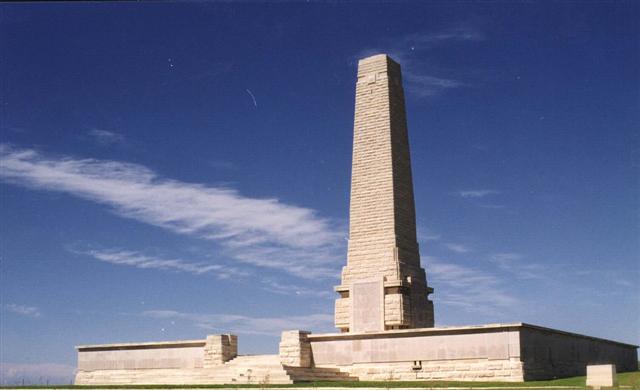 including
men from the Royal Estate of Sandringham, turned slightly to the right, opening
up a gap between them and the other British troops and became separated. The
attack quickly turned into a massacre. Mystery and fantasy has dogged this
action ever since (the so-called Vanished Battalion). The Isle of Wight Rifles
lost 89 men on this day. General Stopford was relieved of his command of the
division on the 15 August 1915.
including
men from the Royal Estate of Sandringham, turned slightly to the right, opening
up a gap between them and the other British troops and became separated. The
attack quickly turned into a massacre. Mystery and fantasy has dogged this
action ever since (the so-called Vanished Battalion). The Isle of Wight Rifles
lost 89 men on this day. General Stopford was relieved of his command of the
division on the 15 August 1915.
None of the brothers has a known grave but all are commemorated on the Helles Memorial to the Missing in Gallipoli, the war memorial in Newport and at Carisbrooke Castle.

(B Company, 1/8th (Isle of Wight Rifles, Princess Beatrice's) Battalion., Hampshire Regiment)
Died 12th August 1915.. Aged 35
For details of the Suvla Bay action in which Edward died click here
Rifleman Edward Urry was awarded the following decorations: Victory Medal, British War Medal and the 1914-15 Star.
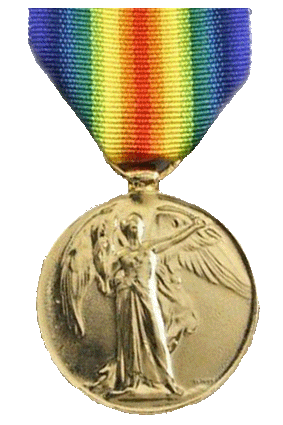
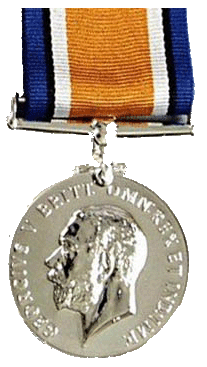


(B Company, 1/8th (Isle of Wight Rifles, Princess Beatrice's) Battalion., Hampshire Regiment)
Died 12th August 1915.. Aged 21
For details of the Suvla Bay action in which Frederick died click here
Rifleman Frederick Urry was awarded the following decorations: Victory Medal, British War Medal and the 1914-15 Star.



(B Company, 1/8th (Isle of Wight Rifles, Princess Beatrice's) Battalion., Hampshire Regiment)
Died 12th August 1915.. Aged 26
For details of the Suvla Bay action in which William died click here
Rifleman William Urry was awarded the following decorations: Victory Medal, British War Medal and the 1914-15 Star.



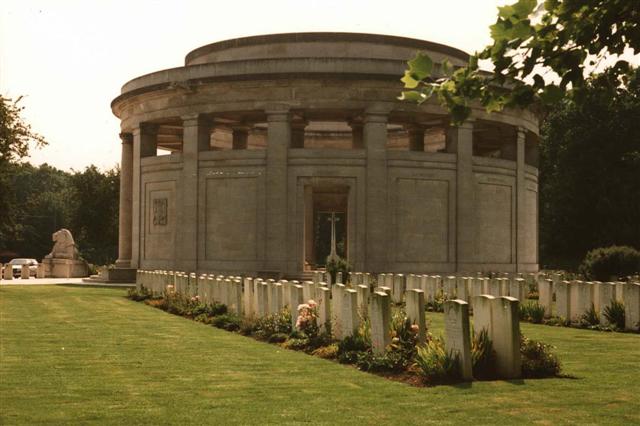 George's
death is commemorated in perpetuity on the Ploegsteert Memorial which is
maintained by the Commonwealth War Graves Commission. His name also appears on
the War Memorials in Newport town centre and at Carisbrooke Castle on the Isle
of Wight.
George's
death is commemorated in perpetuity on the Ploegsteert Memorial which is
maintained by the Commonwealth War Graves Commission. His name also appears on
the War Memorials in Newport town centre and at Carisbrooke Castle on the Isle
of Wight.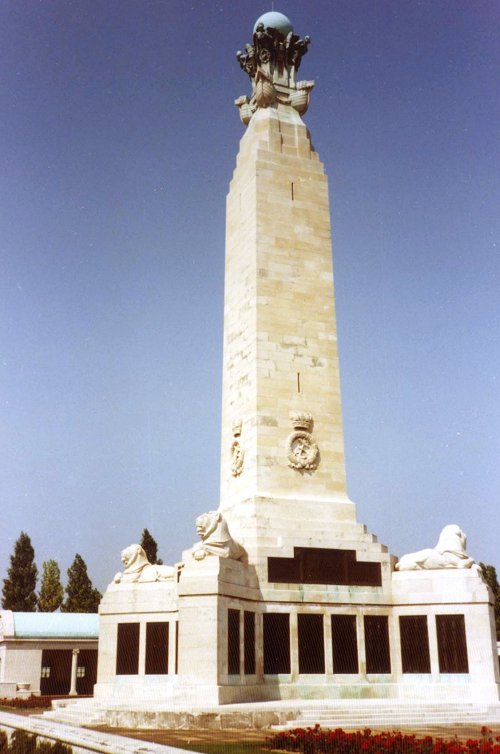 Ernest
died of his wounds the following day, 30th July 1940 and is buried in the Royal
Navy Cemetery at Portland. C of E section Grave number 688.
Ernest
died of his wounds the following day, 30th July 1940 and is buried in the Royal
Navy Cemetery at Portland. C of E section Grave number 688.%20W%20E%20BLUNDERFIELD%20(RCAF)%20-%20c1944.jpg) William
Edward Blunderfield was born in Toronto, Canada, around 1923, the only son of
six children born to William Henry and Kate Elizabeth Blunderfield who had
emigrated from Gravesend in Kent several years earlier.
William
Edward Blunderfield was born in Toronto, Canada, around 1923, the only son of
six children born to William Henry and Kate Elizabeth Blunderfield who had
emigrated from Gravesend in Kent several years earlier.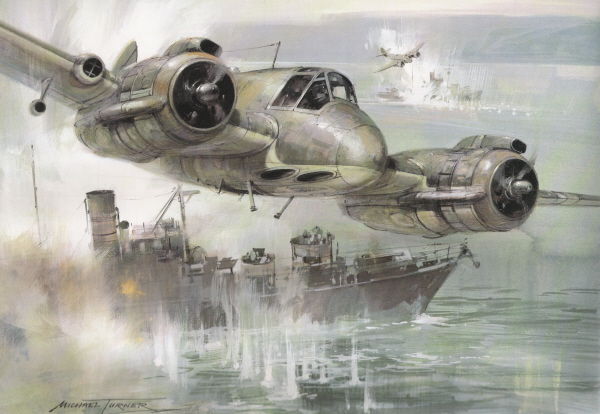 force
were airborne by 1400hrs and, apart from a few squally showers, the weather and
visibility were good. In fjord attacks it was usual to fly inland for a while
after making a landfall, and then approach the fjord at right angles before
turning down the fjord at a height that would allow the aircraft to clear the
high ground yet still dive in to attack the target when spotted. The aircraft
could then break away to seaward on completion of the attack and get a good
start for the journey back across the North Sea.
force
were airborne by 1400hrs and, apart from a few squally showers, the weather and
visibility were good. In fjord attacks it was usual to fly inland for a while
after making a landfall, and then approach the fjord at right angles before
turning down the fjord at a height that would allow the aircraft to clear the
high ground yet still dive in to attack the target when spotted. The aircraft
could then break away to seaward on completion of the attack and get a good
start for the journey back across the North Sea.%20-%20c1944.jpg) A
member of the crew was later found in the sea and identified as P/O
Blunderfield, indicating that this aircraft, possibly the first casualty of
the day, was Beaufighter EE-V of 404 (RCAF ) Sqdn. The body of the pilot P/O
Jackson (photo on the right) was never recovered and his name is
inscribed on the Runnymede memorial for those with no known grave but the sea.
A
member of the crew was later found in the sea and identified as P/O
Blunderfield, indicating that this aircraft, possibly the first casualty of
the day, was Beaufighter EE-V of 404 (RCAF ) Sqdn. The body of the pilot P/O
Jackson (photo on the right) was never recovered and his name is
inscribed on the Runnymede memorial for those with no known grave but the sea. The
aerial battle only lasted 15 minutes but was intense. More aircraft were lost;
one Mustang and nine Beaufighters were shot down, of which six were from the
hard-hit 404(RCAF) Squadron. This squadron lost 11 men killed on a this day,
with another one taken prisoner. Altogether 14 young lives were lost on the
allied side and two on the Germans in the aerial battle. At this stage of the
war with the end clearly in sight, it must have seemed a heavy price to pay. In
the annals of World War II history, the 9th February 1945 is known as Black
Friday. A fuller account of the attack can be read here
The
aerial battle only lasted 15 minutes but was intense. More aircraft were lost;
one Mustang and nine Beaufighters were shot down, of which six were from the
hard-hit 404(RCAF) Squadron. This squadron lost 11 men killed on a this day,
with another one taken prisoner. Altogether 14 young lives were lost on the
allied side and two on the Germans in the aerial battle. At this stage of the
war with the end clearly in sight, it must have seemed a heavy price to pay. In
the annals of World War II history, the 9th February 1945 is known as Black
Friday. A fuller account of the attack can be read here